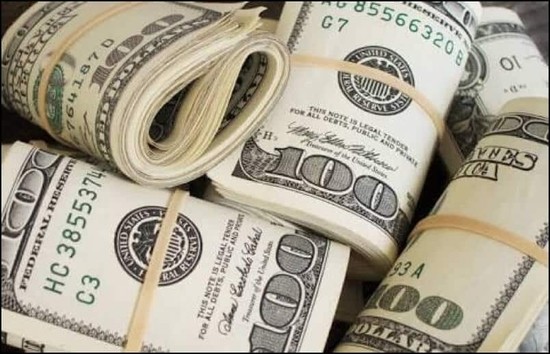
🎸 1. Instrument Costs Could Go Up
Many musical instruments and equipment—guitars, amps, synthesizers, mics—are manufactured or assembled overseas (especially in China, Mexico, and parts of Europe). Tariffs on imported goods raise prices on:
-
Instruments (like Fender or Gibson models with foreign components)
-
Studio gear and DJ equipment
-
Music tech like MIDI controllers, audio interfaces, etc.
Higher prices = tougher for musicians, especially indie artists or schools, to afford gear.
📀 2. Vinyl Records & Pressing Costs
Vinyl production has made a big comeback, but a lot of pressing materials and machines come from outside the U.S.
-
Tariffs on plastics or metal parts could raise costs for pressing plants
-
Labels (especially indie ones) may raise prices or cut back on physical releases
📦 3. Touring Gets More Expensive
If retaliatory tariffs are introduced by other countries (e.g., the EU), U.S. artists touring abroad might face:
-
Higher shipping/customs fees for gear
-
Visa and performance tax issues
-
Lower demand due to higher ticket or merch prices
🛍️ 4. Merchandising Impact
Many band merch items (T-shirts, hoodies, hats) are manufactured in Asia or Central America. Tariffs on textiles could increase production costs, which:
-
Shrinks profit margins
-
Might raise merch prices for fans
🔄 5. Global Collaboration Gets Murkier
The music industry is global. Producers, labels, and artists often work across borders. Tariffs can:
-
Strain cross-border partnerships
-
Slow down shipping of music hardware or promotional materials
-
Lead to unpredictable costs for labels and distributors
Final Thought:
While tariffs might not directly shut down music venues or stop you from streaming, they can raise the cost of creating, sharing, and experiencing music. That especially hits smaller players—indie artists, local labels, music teachers, and DIY scenes.
